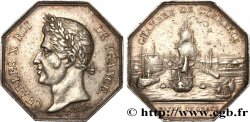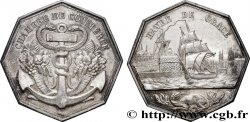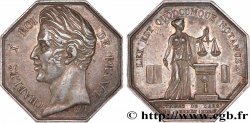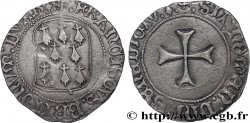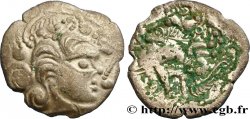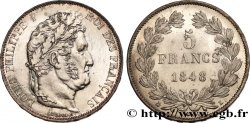Live auction - fjt_477962 - NORMANDIE - JETONS DU XIXe SIÈCLE Jeton octogonal Ar 34, Chambre de commerce du Havre n.d.
Sie müssen angeschlossen sein und von cgb.fr genehmigt werden, um in einer E-Auktion teilzunehmen.Melden Sie sich an, um zu wetten..Die Kontobestätigungen sind innerhalb von 48 Stunden nach Ihrer Anmeldung gemacht.Warten Sie nicht bis die letzten zwei Tage vor dem Abschluss eines Verkaufs, um Ihre Registrierung abzuschließen. Klickend "BIETEN" verpflichten Sie sich vertraglich, diesen Artikel zu kaufen und Sie nehmen ohne Reserve die allgemeinen Verkaufsbedingungen für den live auctions zu cgb.fr an.
Der Verkauf wird an der Zeit auf der Übersichtsseite angezeigt geschlossen werden. Angebote, die nach der Schließung Zeit empfangen sind, werden nicht gültig.
Bitte beachten Sie, dass die Fristen für die Einreichung Ihres Angebots auf unsere Server können variieren und es kann zur Ablehnung Ihres Angebots entstehen, wenn es in den letzten Sekunden des Verkaufs gesendet wird. Die Angebote sollen mit ganzer Zahl ausgeführt sein, Sie können Kommas oder des Punktes in Ihrem Angebot nicht erfassen. Bei Fragen klicken Sie hier, um einen Blick auf die FAQ Live-Auktionen.
Alle Gewinngebote unterliegen einem Aufschlag von 18 % für Verkaufskosten.
Alle Gewinngebote unterliegen einem Aufschlag von 18 % für Verkaufskosten.
| Schätzung : | 80 € |
| Preis : | 40 € |
| Höchstgebot : | 55 € |
| Verkaufsende : | 10 April 2018 17:36:55 |
| Bieter : | 1 Bieter |
Type : Jeton octogonal Ar 34, Chambre de commerce du Havre
Datum: (1845-1860)
Datum: n.d.
Metall : Silber
Durchmesser : 34 mm
Stempelstellung : 12 h.
Gewicht : 14,02 g.
Rand lisse
Punze : (main) ARGENT
Kommentare zum Erhaltungszustand:
Exemplaire superbe
Vorderseite
Titulatur der Vorderseite CHAMBRE DE COMMERCE.
Beschreibung Vorderseite Ancre enlacée de deux serpents posée sur deux cornes d’abondance.
Rückseite
Titulatur der Rückseite HAVRE DE GRACE.
Beschreibung Rückseite Navire de face sortant du port du Havre ; à l’exergue une salamandre et signature BARRE.
Kommentare
Original jeton octogonal posé sur la pointe. La première chambre de commerce fut celle de Marseille créée à la fin du XVIe siècle. Pour Paris, les six corps des marchands et les juges-consuls avaient un rôle similaire à celui d'une chambre de commerce : une association de commerçants réunis pour délibérer sur les intérêts de leur ville ou de leur région et donner leur avis au gouvernement. Colbert les légalisent en 1664 en instaurant que chaque place de commerce choisira deux d'entre eux pour les représenter. L'institution ne fut toutefois établie réellement que par l'arrêt du Conseil du 30 août 1701 et de nombreuses chambres de commerce apparaissent au XVIIIe siècle à Lyon, Rouen, Toulouse, Montpellier, Bordeaux, etc.. La plus importante d'entre elles est Marseille qui avait des attributions dans tout le commerce du Levant et était du département des Affaires étrangères, les autres relevaient du Contrôle général des Finances. Supprimées par la Constituante en 1791, les chambres de commerce sont rétablies sous le Consulat. Depuis 1832, leur recrutement se fait pas élections, elles sont devenues chambres de commerce et d'industrie depuis 1898, regroupées en 21 chambres régionales.
Original octagonal token placed on the tip. The first chamber of commerce was that of Marseille, created at the end of the 16th century.. For Paris, the six merchant corps and the consul judges had a role similar to that of a chamber of commerce: an association of merchants gathered to deliberate on the interests of their city or region and give their opinion to the government.. Colbert legalized them in 1664 by establishing that each trading place would choose two of them to represent them.. The institution was, however, only actually established by the Council's decree of 30 August 1701 and numerous chambers of commerce appeared in the 18th century in Lyon, Rouen, Toulouse, Montpellier, Bordeaux, etc.. . The most important of these was Marseille, which had responsibilities in all Levantine trade and was part of the Department of Foreign Affairs; the others came under the General Control of Finance.. Abolished by the Constituent Assembly in 1791, the chambers of commerce were reestablished under the Consulate. Since 1832, their recruitment has been done by elections, they have become chambers of commerce and industry since 1898, grouped into 21 regional chambers
Original octagonal token placed on the tip. The first chamber of commerce was that of Marseille, created at the end of the 16th century.. For Paris, the six merchant corps and the consul judges had a role similar to that of a chamber of commerce: an association of merchants gathered to deliberate on the interests of their city or region and give their opinion to the government.. Colbert legalized them in 1664 by establishing that each trading place would choose two of them to represent them.. The institution was, however, only actually established by the Council's decree of 30 August 1701 and numerous chambers of commerce appeared in the 18th century in Lyon, Rouen, Toulouse, Montpellier, Bordeaux, etc.. . The most important of these was Marseille, which had responsibilities in all Levantine trade and was part of the Department of Foreign Affairs; the others came under the General Control of Finance.. Abolished by the Constituent Assembly in 1791, the chambers of commerce were reestablished under the Consulate. Since 1832, their recruitment has been done by elections, they have become chambers of commerce and industry since 1898, grouped into 21 regional chambers







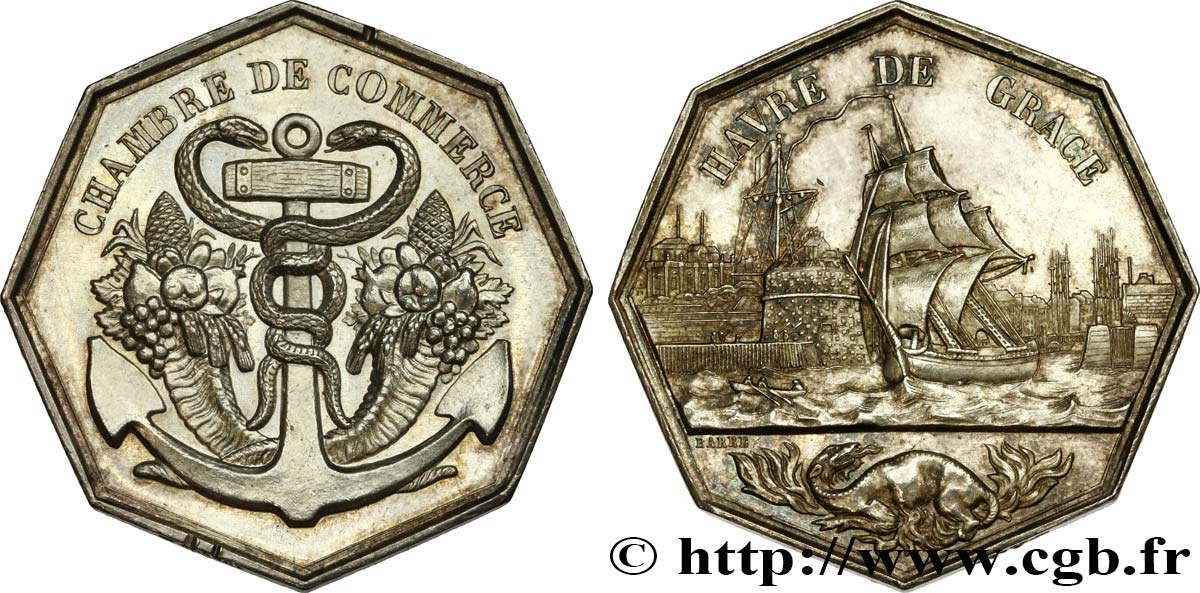
 Berichten über einen Fehler
Berichten über einen Fehler Die Seite drucken
Die Seite drucken Teilen meiner Auswahl
Teilen meiner Auswahl Stellen Sie eine Frage
Stellen Sie eine Frage Einlieferung/Verkauf
Einlieferung/Verkauf
 Details
Details